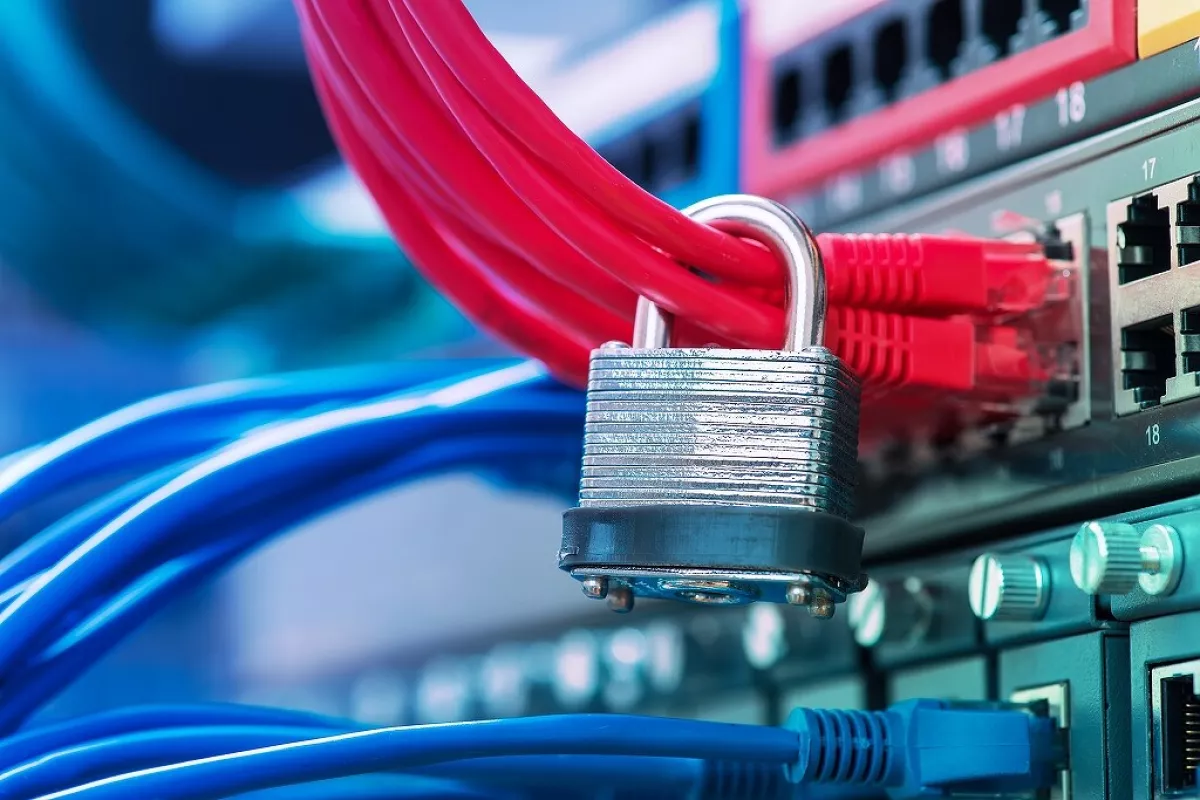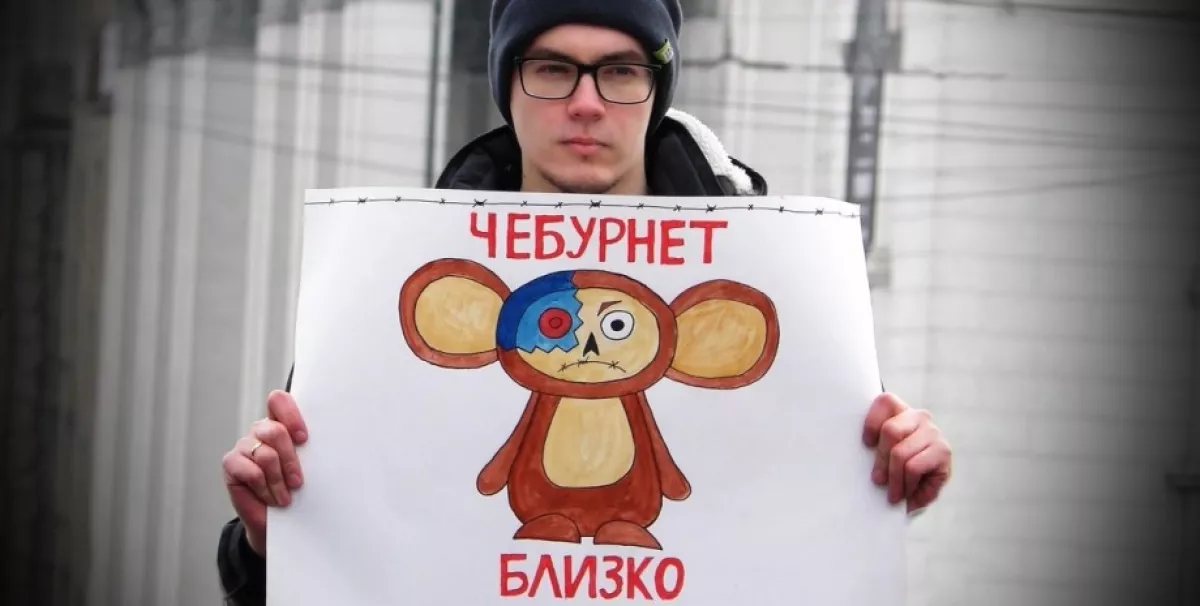Challenges of Russia’s “sovereign internet” Virtual “iron curtain”
Over the past decade, Russia has been steadily working to isolate its internet infrastructure from the rest of the world. In just the first half of 2025, nearly two-thirds of Russia’s accessible servers and devices vanished behind a virtual “iron curtain.” Today, the number of publicly available Russian internet resources is significantly lower than that of countries like Sweden or Romania.
By early October 2024, Russia had approximately 920,000 publicly accessible internet-connected servers and devices, including mailboxes, VPN servers, load balancers, routers, video systems, and other software. However, according to data from the ShadowServer Foundation IoT, this number sharply declined within two weeks, and by 2025, the number of publicly accessible devices in Russia’s internet infrastructure had dropped to around 270,000.
This sharp decline in all types of internet-connected servers and devices stands in stark contrast to the situation in other countries, where the number of such systems remains stable or is even growing. For example, in the United States, information is publicly available on nearly seven million devices; South Korea and Brazil each have about 2.1 million; Germany has 1.8 million; and China has 1.2 million.
What is behind Russia’s policy of actively reducing the number of internet-connected devices and servers? Western experts point to several reasons, primarily revolving around the authorities’ attempts to tighten control over the internet infrastructure.

Since the mid-2010s, as tensions with the West have escalated, Russia has been tightening control over access to foreign online media by blocking unwanted websites and banning VPN usage.
In late 2019, Russia introduced the so-called "sovereign internet" law, aimed at protecting the country from being disconnected from international internet infrastructure and countering what it sees as the “aggressive cybersecurity strategy” of the United States.
Today, Moscow is rolling out tests of its "sovereign internet," steadily cutting off one Russian region after another from the global web. In 2024, access to popular online services like YouTube and Google was effectively blocked in several republics and regions, while in other areas these platforms were deliberately throttled to slow down access.
The Federal Service for Supervision of Communications, Information Technology, and Mass Media — Roskomnadzor — took responsibility for these shutdowns, confirming that it was testing whether the “key replacement infrastructure” could operate during a deliberate disconnection from the global Internet. At the same time, Russian internet providers tightened their policies to block access to certain servers.
Another factor driving the Kremlin’s push to develop the "sovereign internet" is cybersecurity and cyber warfare. Due to Western sanctions, Russia faces difficulties replacing or upgrading network equipment and other publicly accessible devices. Outdated equipment poses a significant cybersecurity threat, which can be mitigated by restricting access to it.
According to experts from the research group Cybernews, “since Russia’s invasion of Ukraine, pro-Ukrainian activists have launched numerous cyberattacks that continue to this day, albeit with reduced intensity. Attacks on government and banking sectors could lead to changes in how incoming internet traffic is managed at the backbone level, undermining the security of these systems.”
Sonu Shankar, Production Director at Phosphorus Cybersecurity, expanded on this issue, explaining that the noticeable drop in internet-connected IoT devices in Russia is likely driven by cybersecurity concerns and protective measures taken in response to the ongoing conflict.
“While various factors may play a role, the most plausible explanation—considering the known offensive cyber operations in the region—is a deliberate effort to reduce potential targets for attack,” he said.
On October 14, 2024, Russian communication systems faced massive DDoS attacks with traffic reaching up to 1.7 terabits per second. Roskomnadzor proudly announced that it had built a large-scale, nationwide defence system that helped repel over 15,000 DDoS attacks and provides enhanced protection for Russia’s segment of the Internet.
However, judging by recent events, Roskomnadzor’s optimistic reports seem somewhat premature. A case in point is the hacker attack on Aeroflot’s systems in July of this year, which caused a transportation collapse at major airports across Russia. As a result, dozens of flights were canceled, over 7,000 Aeroflot servers were destroyed, and terabytes of internal data were stolen, including personal information of employees and passengers. Notably, in 2024, the airline spent around 40 billion rubles ($496 million) on IT development, but only 2.2% of that amount was allocated to security measures.

In recent years, Russia has invested around $648 million in developing technologies to restrict internet traffic and has made significant efforts to encourage Russians to switch from Western social networks to domestic platforms, which are easier for the Kremlin to control.
The virtual "cold war" comes with a cost that all its participants pay. The policy of a "sovereign Internet" is a double-edged sword. It not only prevents Russians from accessing information deemed undesirable by the government but also hinders the authorities themselves from communicating with the outside world.
In 2024, according to the RBC portal, Russian government agencies spent 14.1 billion rubles ($170 million) on VPN services—an increase of 683% compared to the same period last year. More than half of these government VPN expenses were accounted for by Moscow’s Department of Information Technology, which signed three contracts totaling 9.8 billion rubles ($118 million).
Information isolation also creates many problems for ordinary citizens. People have to give up convenient and popular services like YouTube or WhatsApp and switch to underdeveloped and unfinished Russian alternatives such as Rutube or Max, which creates barriers for Russians in accessing information.
Finally, it’s worth asking: “Is it too late for the Russian authorities to be concerned about building their own cybersecurity system?” China, often cited as a model to follow, began developing its internet control and cybersecurity systems back in the late 1990s, at the dawn of the World Wide Web.
But at that time, the people in the Kremlin—many of whom remain in power today—believed that technological development was not the Russian way, and that whatever was needed could simply be bought from “developed countries” with oil dollars. Now, facing conflicts with almost all developed nations, Moscow is desperately trying to catch up.








